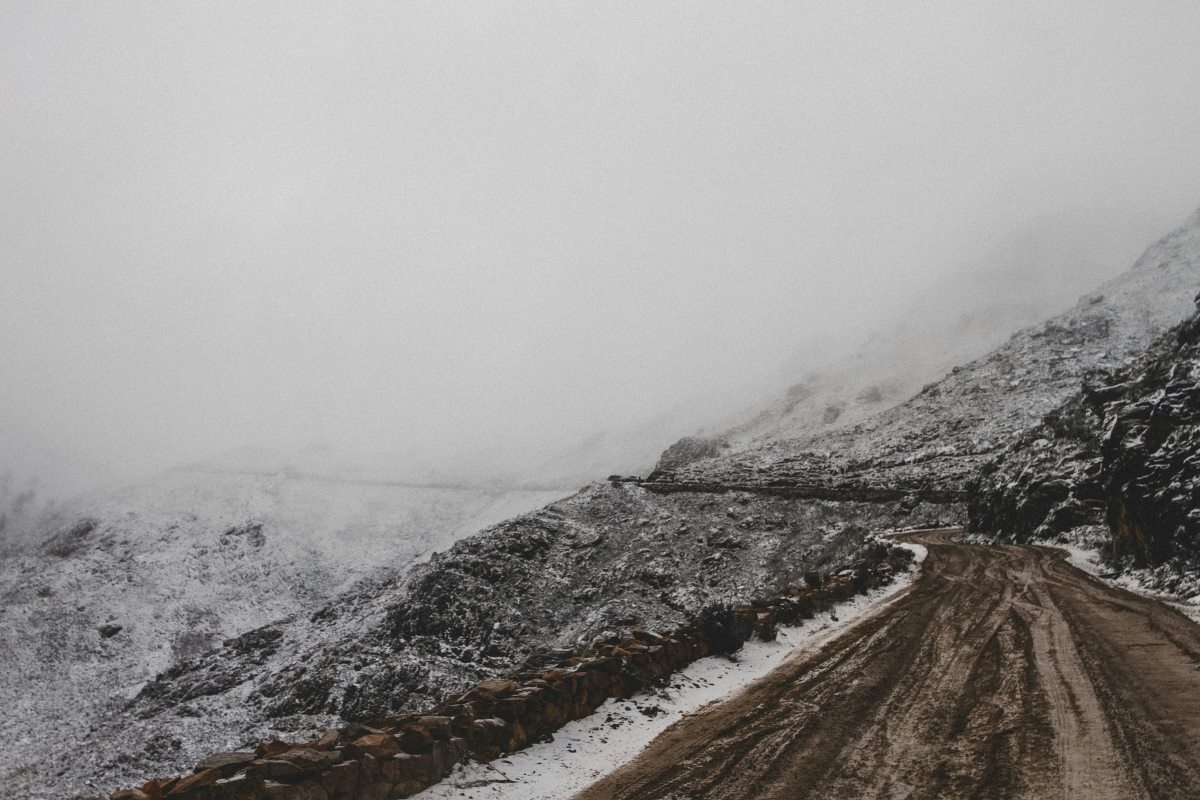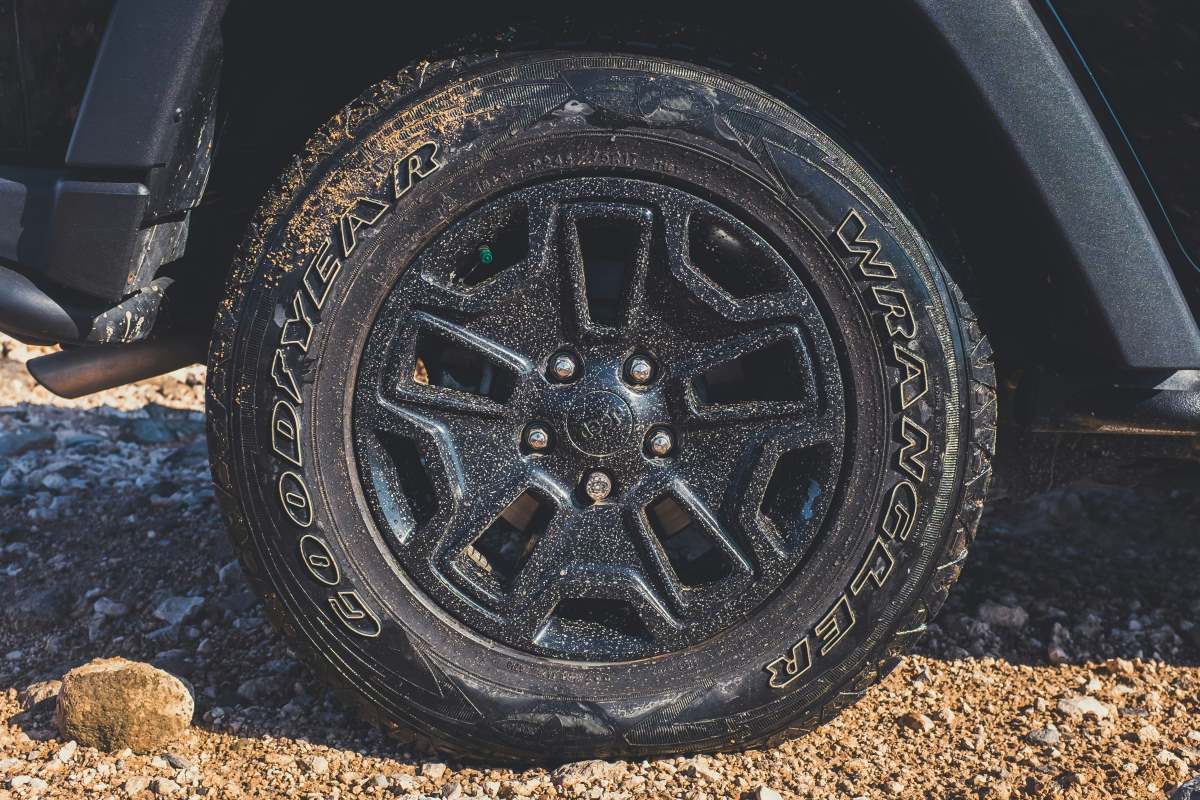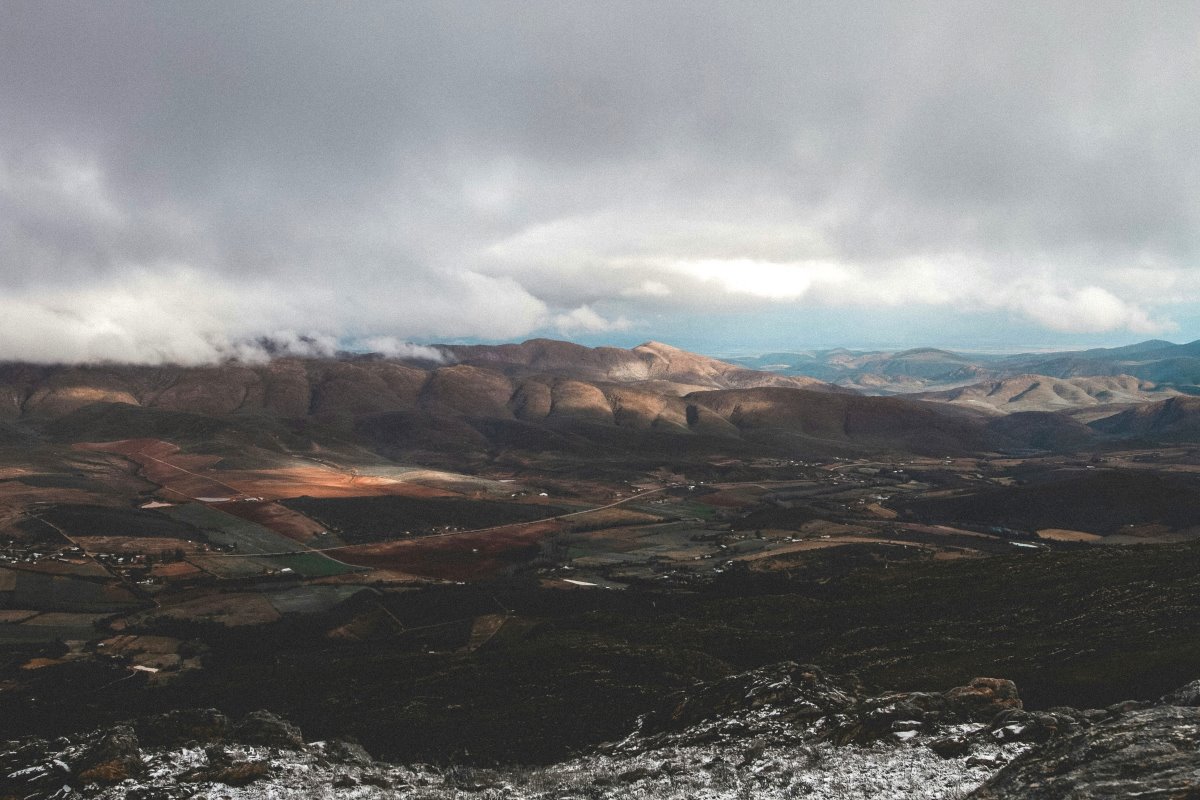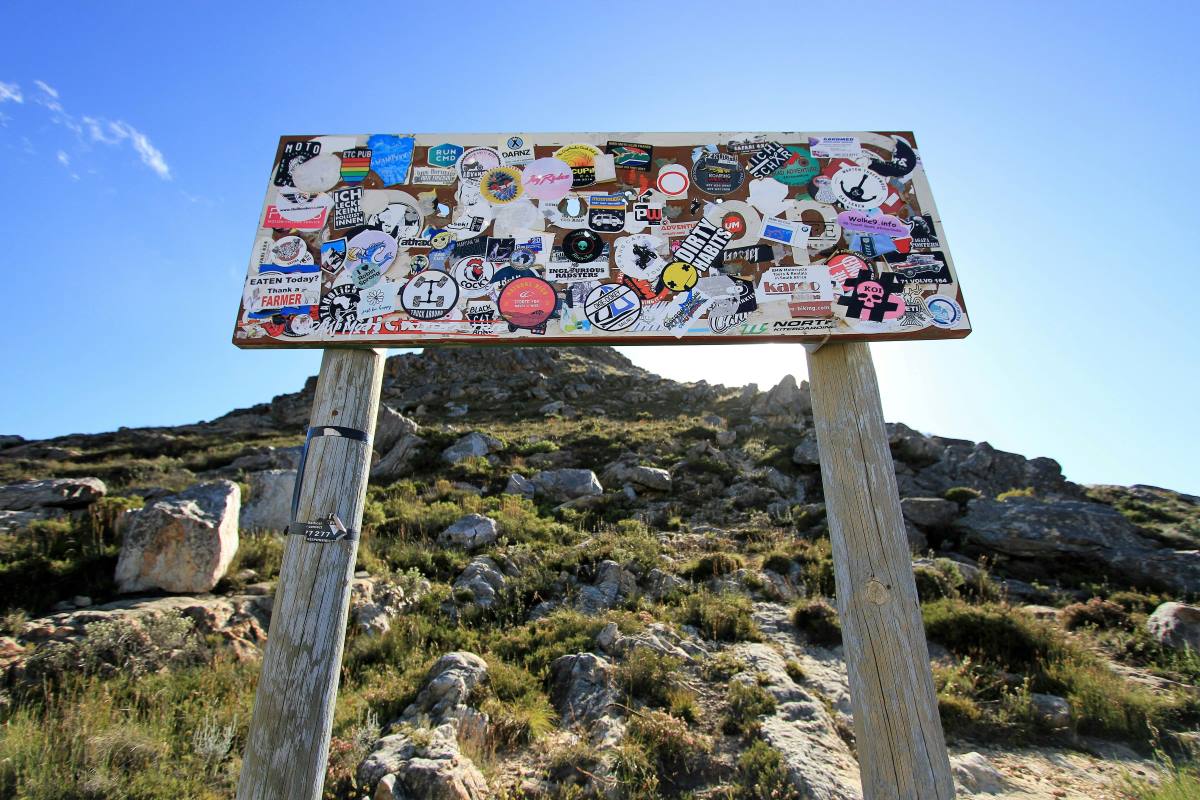
5 Tips for Driving Through the Swartberg Pass
The Swartberg Pass is one of southern Africa’s most scenic mountain routes. It connects Matjiesfontein to Prince Albert in the Klein (Little) Karoo, offering a spectacular alternative to the N12 national road.
In fact, some consider it to be one of the most beautiful mountain passes in the world. Sheer, gravity-defying cliff faces tower over hairpin bends and precarious drop-offs, making it especially popular among off-road enthusiasts.
It’s also the only road route to Gamkaskloof (Die Hel), an isolated valley full of hiking trails, mountain bike routes, and rich biodiversity.
So, what do you need to know about driving through the Swartberg Pass? Here at Drive South Africa, we’ve put together a useful travel guide. Read on to learn more.
What is the Swartberg Pass?

A section of the gravel road along the Swartberg Pass.
Believe it or not, the Swartberg mountains form part of the Cape Fold Belt. This vast geological feature stretches from the Cederberg to the Tsitsikamma and also includes Table Mountain in Cape Town.
Over more than 500 million years, natural forces have shaped the Swartberg, resulting in steep, prominent cliffs and a wide range of interesting rock formations. When you drive through the pass, you might think you’re on a different planet.
UNESCO declared the Swartberg Nature Reserve a world heritage site in 2004. Today, CapeNature oversees its three components:
- Swartberg Nature Reserve
- Gamkapoort Nature Reserve
- Towerkop Nature Reserve
Only the latter two are accessible to the public, but that’s enough for you to experience the splendour of the Klein Karoo. However, the pass can get dangerous, especially after rain and snow. With that in mind, here’s what you should keep in mind before taking it on.
Five Tips for Tackling the Swartberg Pass

Make sure your tyres are prepared for the Swartberg Pass
1. Consider 4×4 Rental
Here’s the bottom line: the Swartberg Pass is a gravel road. That means it’s completely unpaved and while a 4×4 isn’t absolutely necessary, it’s certainly recommended. The route from the pass down to the bottom of Die Hel is particularly tough. As a result, CapeNature strongly advises using a high clearance or 4×4 vehicle.
You’ll definitely need to hire a 4×4 if you plan to tackle the local 4×4 trail. The 25.6 km road leads to the Bothashoek hut and back, making it an incredible overnight adventure. Up to 12 people can stay at the hut, but you’ll need to book with CapeNature ahead of time.
If you don’t have your own 4×4, you can explore 4×4 rental options from Drive South Africa. We have a range of vehicles available all year round, including fully-equipped 4×4 campers.
2. As Fast as Necessary, as Slow as Possible
Off-roading is inherently dangerous. Stick to this rule-of-thumb to stay safe, especially on 4×4 trails. After all, why would you rush through one of South Africa’s most beautiful mountain passes?
It’s unlikely that you’ll need to engage low-range on the pass itself, but the tight bends and uneven surface on the 4×4 trail might require some real 4×4 expertise. If your vehicle has Downhill Assist Control (DAC), this will be the perfect place to test it out.
Keep an eye out for oncoming vehicles, too. With so many blind corners, you never know what’s coming your way.
3. Take in the History of the Swartberg Pass

A panoramic view of part of the Swartberg Pass
The Swartberg Pass is certainly visually stunning, but that’s not the only reason people visit. The pass is nearly 140 years old, and many of the original retaining walls are still intact. One of them is 2.4 km long, representing a monumental engineering achievement for the time.
Although a man named Jan Tassies began work on the pass, it was Thomas Bain who finished the job. Bain exploited prison labour to build the pass and two others in the area: Seweweekspoort and Meiringspoort.
There are various significant historical sights along the route. Most of them are signposted and all have a story to tell, so keep an eye out for Die Stalletjie (Small Stall), Witdraai (White Corner), Fonteintjie (Small Fountain), Skelmdraai (Devious Corner), and Die Top (The Top).
4. Pack Your Hiking Gear, Camera, and Binoculars
In addition to its historic value, the Swartberg region is also home to diverse birdlife and flora. The best way to see all of this is by taking on one of the hiking trails in the area. CapeNature operates several options:
- Ou Tol Circle Route (day hike, 7.4 km)
- Platberg (day hike, 8.4 km)
- De Hoek Trail (day hike, 8.8 km)
- Swartberg Two-Day Hike (overnight, 16.8 km)
You can also try the unique Donkey Trail, spanning the 25 km long Swartberg Four-Day Hike. You can opt to have donkeys haul your luggage along the route and CapeNature can also supply guides, porters, meals, snacks, bedding, and towels.
Keep your eyes peeled for Verreaux’s, African fish, and martial eagles. Other notable bird species include the Cape sugarbird, pied kingfisher, and sombre greenbul. If you’re lucky, you might even catch a glimpse of larger game like klipspringers, kudu, springbok, caracal, and the elusive Cape leopard.
5. Pack Warm Clothing
Swartberg Pass might be located in the Karoo, but out here, temperatures can swing from one extreme to another in a matter of hours. Snowfall is common in winter, so make sure you pack warm clothing.
Even if you’re visiting in summer, you’ll need to stay warm. The region is vulnerable to wildfires, so there are restrictions on open fires in certain sections, especially in summer. With that in mind, when’s the best time to drive the Swartberg Pass?
Ultimately, it depends whether you want to experience sun or snow. However, we highly recommend visiting between December and February to see the impressive flower displays.
Drive South Africa 4×4 Rental

Believe it or not, there’s actually a sign underneath all these stickers
Whenever you decide to explore the Swartberg mountains, make sure you do it in a capable 4×4 vehicle. At Drive South Africa, we specialise in 4×4 hire and rental in South Africa and beyond. Speak to one of our expert agents today to ensure you have the best 4×4 experience in the Klein Karoo.
Related Posts
Botswana Border Posts Crossing Guide
Our Botswana border posts crossing guide is geared to help you get in and out of Botswana with ease. That means less fuss and more time to focus on your African adventure.
Read MoreExploring the Wild Coast
The Wild Coast is the 250-kilometre stretch from East London to just south of the KwaZulu Natal border and is locally known as the Transkei. The coastline is rugged and unspoilt with open beaches and rolling hills in the background. Travel Along […]
Read MoreNeue Liste der Straßennamen in Durban – Aktualisiert
Die neuen Straßennamen in Durban in KwaZulu Natal sind in vollem Gange. Heute gehören Namen wie North Coast Road und Old Main Road zu Ehren der Helden des Befreiungskampfes der Vergangenheit an. Liste der neuen Straßennamen von Durban: ALTER STRASSENNAME NEUER STRASSENNAME Abrey Road + Moses Kotane Road Sparks Road Adams Road Khotha Mkhunya Road […]
Read More Rating: 4 - 1562 Reviews
Rating: 4 - 1562 Reviews


